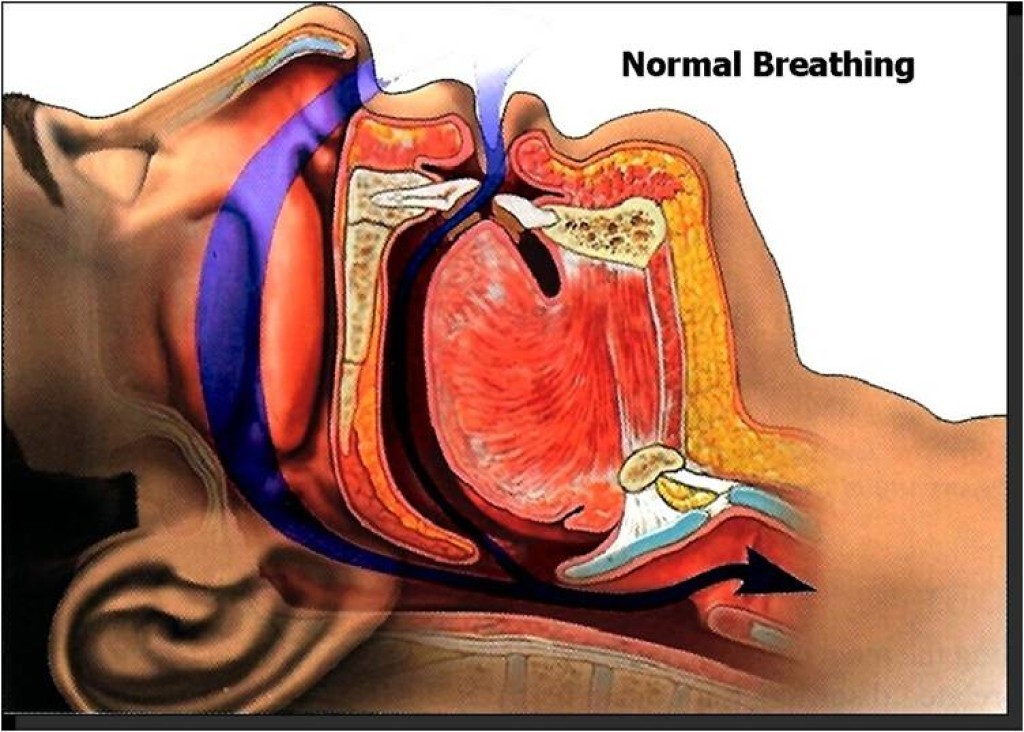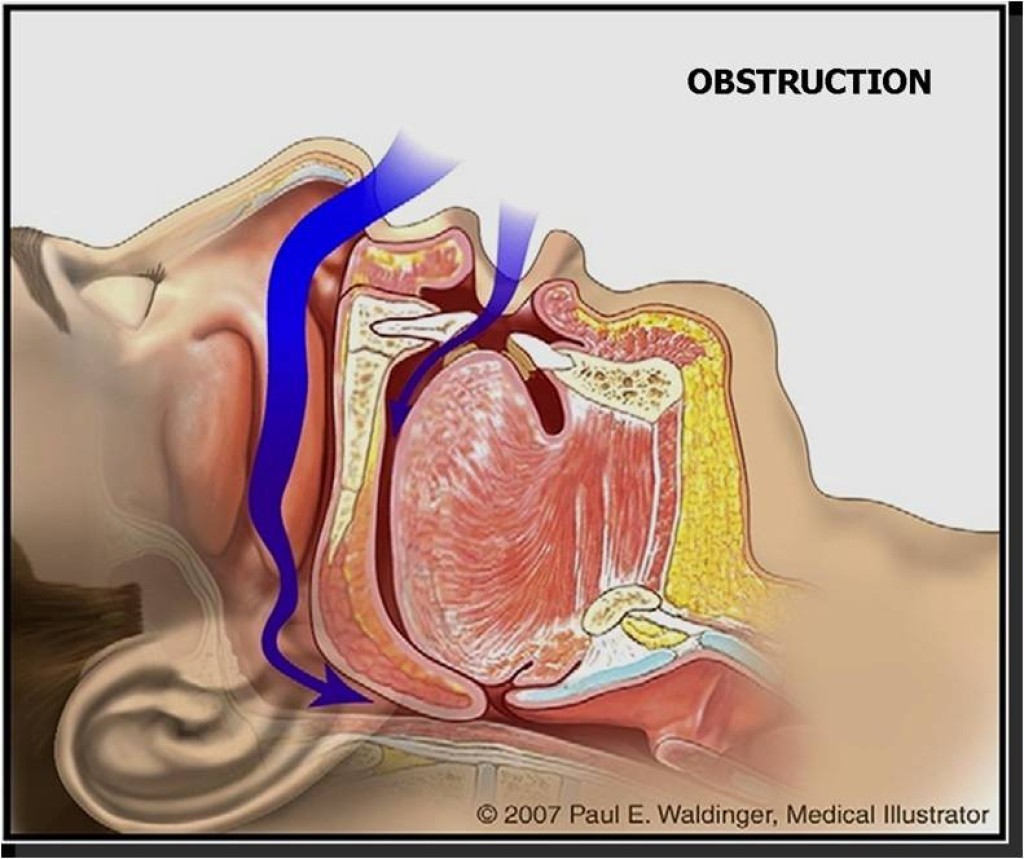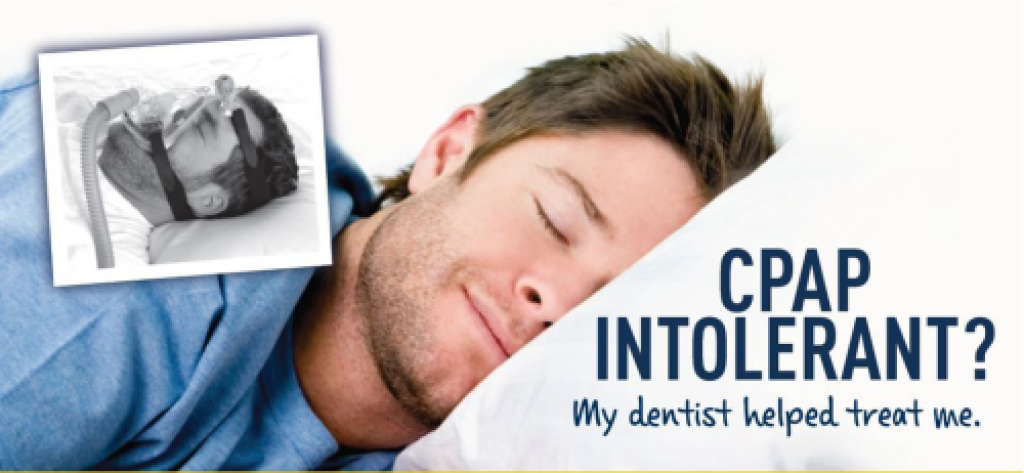At least 80 million Americans snore (snoring is a sign of restricted airflow and impeded breathing during sleep), which can result in excessive day-time sleepiness, adversely affect the sleep quality of the snorer’s bed partner, and diminish the overall quality of life. Obstructive sleep apnea patients spend significant amounts of time at night in a ‘fight or flight’ state with elevated blood pressure, heart rate and respiration. People do not feel rested in the morning because they spent the night fighting to breath.
70% of the time, loud snoring is indicative of Obstructive Sleep Apnea (OSA).
Obstructive Sleep Apnea (OSA) Overview
One of the most common sleep disorders.
Breathing is impaired (hypopnea) or completely stopped (apnea) due to an obstruction in the upper airway.
A single event of stoppage of breathing can last at least 10 seconds.
A typical sufferer has hundreds of events per night.
APNEA: No airflow for at least 10 seconds with significant drop in oxygen saturation
HYPOPNEA: Reduction in flow (30%) with a drop in oxygen saturation
AHI: Apnea Hypopnea Index. Diagnostic index used to tell how many times per hour a person had a respiratory event.
FACT: Untreated OSA can take up to 12-15 years off your life.
Smoking takes only 7-10 (men)
Type II Diabetes takes 5-10
Sleep Apnea increases risk of death by 46%
Why should you get your Sleep Apnea treated?
Untreated Sleep Apnea can lead to following problems
-
Acid Reflux (GERD – Gastro Esophageal Reflux Disease)
-
Morning Headaches
-
Diabetes
-
High Blood pressure
-
Sexual Dysfunction
-
Social Problems
-
Memory Problems – Alzheimer's / Dementia
-
Dental Symptoms (Abfractions from nocturnal bruxism)
-
Teeth grinding
-
Sore jaw muscles
-
Nocturia
-
Heart Attack
-
stroke
-
Depression
-
Chronic fatigue syndrome
-
Fibromyalgia
Diagnosis And Treatment
During the initial evaluation, Dr.Devi will review and record your detailed medical history and do a thorough examination of the mouth and face. As part of the initial screening, you will complete an evaluation form. If the initial screening revealed that you may be suffering from OSA then we will advise you to take a home sleep study. The home sleep study is a convenient, efficient and highly affordable way ($2000-$4000 vs $350) to monitor your sleep to find out the presence and the severity of your sleep apnea.
When you return the home study equipment on the next day, we recover the data that is recorded. These includes Air flow, Pulse, Oxygen Saturation, Snoring, Sleep Position, EEG etc. We work closely with the sleep physician and review the sleep study results to get the diagnosis from the sleep study data.
If you are diagnosed with Sleep Apnea and if Dental Appliance is recommended, we work with special instrumentation to find out the exact position of your airway blockage and make you a dental appliance to effectively open up the airway so that your airway obstruction is considerably reduced. You can start to wake up refreshed and rested again. Also the medical complications from sleep apnea is considerably reduced.
Patients with CPAP Intolerance
With only 43% of CPAP users actually wearing their CPAP masks-an alternative is embraced by many suffering with Obstructive Sleep Apnea (OSA). Although CPAP is considered the ‘gold star’ standard for patients with severe sleep apnea, if you don’t wear it, it’s not helping. Many patients with severe sleep apnea who need to wear a CPAP, find comfort in combining therapies. Many include oral appliance therapy in conjunction with their CPAP. The repositioning of the mandible help open the airway, allowing CPAP users to turn down the pressure on their masks, resulting in higher tolerance and usage.
Sleep Apnea in Children
Pediatric Obstructive Sleep Apnea is usually caused because of enlarged tonsils and adenoids. Narrow maxillary arch and mouth breathing are contributing factors. This condition is often seen in children who are smaller, less developed and underweight because of a disruption in the nighttime secretion of growth hormone.
Complications of Obstructive Sleep Apnea in children
The odds of having behavioral problems were six times higher in children who had persistent sleep apnea. Compared to youth who never had sleep apnea, children with sleep apnea were more likely to have parent-reported problems in the areas of hyperactivity, attention, disruptive behaviors, communication, social competency, and self-care. Children with persistent sleep apnea also were seven times more likely to have parent-reported learning problems and three times more likely to have school grades of C or lower. Nasal obstruction and Mouth Breathing Influence Facial Growth Which May Lead to Difficulty Breathing While Asleep. Continuation of OSA Makes Cranial Growth Pattern Worsen Year By Year. If Obstruction Removed, Facial Growth Develops Toward Normal. In the case of children, the treatment is coordinated with Orthodontist and ENT Surgeons to address the problem and correct it accordingly.
The Home Sleep Study we provide can help to diagnose the problem early.
Insurance Coverage and Interest Free Finance Plans
The Home Sleep Study Test, Evaluation and the Dental Appliance for Sleep Apnea is a covered procedure under your medical insurance. We will work closely with your medical insurance company to reduce the financial burden on you. Please note that the amount of coverage vary from insurance to insurance depending upon the insurance coverage and your yearly deductibles.
We have interest free finance plans to help you pay for the treatment. You may finance your co-pay & deductible using this convenient payment method.





